Plus ça change, plus c’est la même chose It is not enough to conquer; one must learn to seduce. - Voltaire The Commedia dell’Arte provided Bustelli, Benedict and Voltaire’s culture with popular entertainment supple enough to amuse both low and high brow, reminding us that the Commedia – known as a circus with a plot – meaningfully corresponds to the silliest of our own sitcoms, comic strips, and films. It does not go too far to say that Dottore, the fat and the learned, provided comic relief in an age of strife and doubt that Jerry Lewis would provide in a later era with his interpretation of The Nutty Professor. In 1963, the year the film was released, Nikita Khrushchev claimed that the USSR had a 100-megaton nuclear bomb; the US military, conducting biological weapons tests, sprayed bacillus globigii over populated areas; Buddhist monk Thich Quang Duc immolated himself on a Saigon street to protest the government of South Vietnamese; in Birmingham, Alabama, police unleashed dogs and high-powered fire hoses on black school children; and Hannah Arendt authored Eichmann in Jerusalem: A Report on the Banality of Evil. Like Dottore, The Nutty Professor not only provided escapism, in the form of an emotional release from the wretched volatility of world affairs, but also perhaps a moment to reflect on the intelligentsia who, in trying to create Gottfried Leibniz’ best of all possible worlds (against which Voltaire raged in Candide), inescapably created a world of bacillus globigii and the banality of evil. The Nutty Professor, like Dottore, was one of the most popular characters of the time, and just as Pietro Bagliani, Bernardino Lombardi and Prospero Lambertini himself were loved for their interpretation of Dottore, Jerry Lewis was equally celebrated. In fact, the US Library of Congress selected The Nutty Professor for preservation because it was “culturally, historically, and aesthetically significant” – the very same reasons we remember the Commedia today. … The most essential bond between haute couture and the Nymphenburg manufactory is the devotion to undreamed-of technique and stupefying craft; beauty created through technique, which Benedict and Voltaire would still recognise. Trendspotters or future forecasters have been telling us for the past few years that we increasingly value the hand-made. They reason that it is our inverse reaction to the fact that our lives are progressively more mass-produced, with the effect that our value of time is entirely measured by absolute efficiency. The Nymphenburg manufactory was first established as the Churfürstliche Porcellain-Fabrique by Max III Joseph in 1747, when virtually everything was hand-made, and, as a result, time was experienced very differently than it is today. The value of artisanship and the time it requires at Nymphenburg, not to mention the world of haute couture, has remained unchanged for the last two hundred and sixty years. By comparison with the contemporary head-long rush of time producing greater and greater efficiencies, to visit the Nymphenburg manufactory today is to witness time-stand-still; the experience itself is an unbelievably precious commodity. Poetically speaking, the artisans at Nymphenburg (as well their counterparts at the celebrated couture houses) are nested somewhere beyond time performing their enduring expertise. To some at the present time, the value of things made by hand, and especially the commitment of time to achieve it, appears out-of-date. But it will remain true in the future that without the time to perform techniques by human hand – at an astral level – the power to persuade fades away. And persuade us of what? Of the power of a beauty unattainable by means other than expending time. To see the Nymphenburg artisans through this lens is to understand that in essence time is their medium, not porcelain at all. If this makes the art of the Nymphenburg manufactory and haute couture anachronistic affairs, there is no shame in this. They have been passé for a century at least, but isn’t this the imperative to celebrate the survival of the technique and artistry required to re-conceive these Commedia dell’Arte figurines as a contemporary art form? Why? Haute couture and the Nymphenburg manufactory are to be counted amongst a few guardians of a level of human achievement expressed as an untouchable form of beauty that would otherwise be lost within a generation or even less. |
||||||||||||||||
Darn That Dream: by Rolf Hughes ... Outside theatre walls, Pierrot and Harlequin became established icons in the advertising for such 1920s alcohol brands as Vincenzo, Dionis, Sauvion’s Brandy, and Otard’s Cognac, while even soft drinks from the period (Chocolat Poulain, Feltoe & Smith’s “delicious health-giving” lime juice cordial, and others) traded on the often winsome “glamour” of commedia iconography. Painters, sculptors, book illustrators, poster designers and, not least, fashion designers and creators of haute couture were drawn to Commedia archetypes; we find Commedia patterns, lines and figures inspiring the work of such fashion designers as Elsa Schiaparelli and Yves Saint Laurent, and, more recently, Christian Dior by John Galliano, Vivienne Westwood, Miu Miu, and Viktor & Rolf, to name but a few. In recent accounts of Commedia dell’Arte, most notably Green and Swan’s The Triumph of Pierrot (a work occasionally straining at its seams, which nonetheless offers a valuable overview of Commedia dell’Arte’s influence between 1890–1930), and also theorists and practitioners such as John Rudlin, Antonio Fava and Dario Fo, Commedia’s influence has touched such a broad range of cultural figures and forms that it has clearly become deeply ingrained within our contemporary mind-set. A list of Commedia’s ancestors, indifferent to distinctions between “high” or “low” cultural categories (and ignoring, for the sake of convenience, the degree of influence involved), would probably include Jean Cocteau and Pablo Picasso (whose painting for Cocteau’s ballet Parade “modernised” Commedia iconography by adding a black boxer, a Spanish guitarist, a cowboy and cowgirl to the regular Harlequin troupe), Charlie Chaplin, Buster Keaton, Laurel and Hardy, the Keystone Cops, the Marx Brothers, Irish, Jewish and Italian humour (refracted through the cauldron of vaudeville), the circus, carnival, the fairground booth and freak show, pantomime, music hall, silent movies, the puppet show (spanning marionettes, Punch and Judy, the Muppets, and the caricatures of Spitting Image), drag queens, Samuel Beckett’s entropic clowns, cartoons (the animated slapstick of Loony Tunes, Tom and Jerry and even the characterisations of The Simpsons), The Rocky Horror Show , Andrew Lloyd Weber’s operas, alongside “serious” movies such as Stanley Kubrick’s Eyes Wide Shut (1999) and Terry Gilliam’s The Imaginarium of Doctor Parnassus (2009) – in the movie that was to prove his last, Heath Ledger’s Pierrot is particularly poignant – Glam Rock, the Halloween parade in Greenwich Village, the androgyny, cruelty or sexual ambiguity of innumerable rock stars such as David Bowie, Mick Jagger, Freddie Mercury, Marilyn Manson, Grace Jones, Annie Lennox, and Madonna ... Such examples typically use, according to Green and Swan, “the language of violence and sexual challenge and blend quite disparate elements by means of exaggerated style.” ... |
|||||||||
Masks Masks are not an excuse for excess. No-one should say, whoops, I don’t know how that happened, I simply went to this fancy dress party and had a drink and woke up in the bed of this person I’ve never seen before. It’s not that simple. Masks are mirrors. Take Stanley Kubrick’s film Eyes Wide Shut, for example, where the masked ball causes a confusion in Tom Cruise he can’t even justify to himself as something that strange women had visited upon him – he simply can’t claim that everything he experienced in the shadow of the mask said nothing about his own desires. It’s just the same with all the mistaken-identity operas of Mozart, where disguises and seduction go hand-in-hand, and hardly anyone is actually reluctant to do what he or she does. On the contrary – masks liberate us from what we are, and bring us closer to what we’d like to be. So masks conceal less than they reveal. Masks are enablers. Masks help the ego into fancy dress so we can take it for a walk more easily. Masks introduce a touch of the archaic into modernity. They confront orderly society with the disconcerting potency of tribal cultures. Or at any rate, that is the idealised attitude of the West. Masks promise origins or the primeval forest. They take us back to a time before we had constraints. They are exotic, erotic, fetishistic. That’s probably why they frighten children. But masks are supposed to be funny, cheerful, exhilarating. They’re supposed to help us celebrate, and to create atmosphere. But it’s not so simple. And that’s not because robbers are masked, or executioners, or torturers – or all the other things that populate the nightmares of our civilisation. It’s due to the nature of masks themselves, which, because they deny the subjective element, create the kind of uniformity that alarms. In the Commedia dell’Arte it’s called typology, e.g. Brighella is always the cunning, wily servant, Harlequin the friendly simpleton, Pantalone the valetudinarian merchant, and Dottore the pompous academic with the white ruff. It was left to Carlo Goldoni to liberate the characters from the constraints of their typology, as the first step towards modernity. Masks as relics of this pre-modern time intoxicate partly with the freedom that lies in concealment, and yet they alarm us precisely with this same existential self-denial. The ego which is taken for a walk can easily get lost. ... |
||||
Franz Anton Bustelli ... RJ: Do you remember the moment you first saw a Bustelli figure? ... RJ: This brings us to the Commedia dell’Arte itself, a renowned entertainment. When the Commedia is on stage, its lifeblood is the hand gesture. RJ: And you think Bustelli seized on this subject because he understood he could communicate these naughty or witty stories silently? RJ: And then of course the Commedia dell’Arte, and each of the character’s personalities, was a perfect medium for him. ... RJ: Could we look at Bustelli’s Isabella and Octavio, and ask you to talk us through their hand gestures? RJ: So in fact she’s being more assertive than he is in this exchange? ... |
||||||||||
Software as a Readymade and the Porzellan Manufaktur Nymphenburg’s Archives of Memory ... Nymphenburg’s geo-system, what I have called a database of moods and architectures, comes together in a place known for its poetic, even magical, qualities: Nördliches Schlossrondell No. 8 in the Nymphenburg Palace complex, which was constructed in 1664 as the summer residence of Elector Ferdinand. This fairy-tale factory in a real-life palace is sited in a 200-acre estate comprising gardens and park lands and surrounded by lakes, temples, bathing houses, hunting lodges, tea houses, pavilions and even a faux ruin, the Magdalenenklause. The geographical and physical site of the Porzellan Manufaktur Nymphenburg is inseparable from, and is also a reaction against, mass production techniques, corporate branding, and rapid distribution of goods in a global marketplace. ... As an information system, Nymphenburg constitutes a highly personal, physical memory of porcelain objects, a kind of multi-media poem that functions as a working archive and database and as a system for the distillation and production of moods more generally. Or to put it more simply, the play between metadata objects and finished pieces at Nymphenburg results in what Matthew Kirschenbaum calls a “relative or just-in-time dimension of materiality...” which can be regarded as a kind of materialised poetry. Nymphenburg is a factory engineered within a fairy tale, but it might be more accurate to call it a factory that produces a fairy tale complete with all its attendant documentation. ... Craft, knitting, pottery, zines, blogs, Indie rock, electronic scrapbooking, Flarf poetries can usefully be considered the present generation’s version of “handmade software,” remnants of the ostensibly dematerialised information systems that package our lives with banal pervasiveness: spread sheets, operating systems, caller ID, RSS feeds, disabled right clicking, packet sniffers, visual memory ID systems, metadata containers, controlled vocabularies, search parameters and algorithms. Despite the corporate and bureaucratic structures with which this data is affiliated, in the last few years it has become harder and harder to regard data “housed” on a computer as dematerialised, i.e. as the ghostly flickering of floating signifiers or nascent mythos of a virtual kingdom like Broderbund’s Myst, an enchanted virtual world where a player can “zip” from one location to another in bodiless teleportation reminiscent of a cartoon-propelled voyage. The Myst era of virtual realities and its ambient glitch soundtrack, or the cyber gloves of the Mondo 2000 era now seem quaint fantasy playgrounds in comparison to the offices or desktops structured by the volumetric expansion of personal data, the day-to-day grind and schedule grids filled in via Blackberry. Such empty grids, reminiscent of empty cartoon boxes, now function as William Burrough’s The Man once did, a kind of closed-captioning for our unspoken lives, the space where a work-optimised response box crosses materially into our daily existence. ... |
||||
In the Manufactory A waterwheel pounds away with a steady rhythm. It drives a huge belt system that spans the site and links drive wheels that even grace the façades of the workshops. A stream murmurs quietly. High up in the tall, stately trees, the leaves rustle in the wind. Here at the Porzellan Manufaktur Nymphenburg, not far from the Wittelsbach royal palace, everything seems in motion. And yet one thing has stood still – time. Behind the walls of the Nördliches Schlossrondell, someone has stopped the clock. Elsewhere they may dream of visions of the future, digital precision or mechanical efficiency. Here, the focus is on other things: craftsmanship and aesthetic flights that only work by hand can achieve. “Better is relative,” says chief modeller Anton Hörl. “What we are proud of is the flair, the human factor. A pile of our plates is irregular. And though our Commedia figures are all the same, none of them is really the same as any other.” The original models of the Commedia dell’Arte figurines were created well over two hundred and fifty years ago by Rococo sculptor Franz Anton Bustelli, from Ticino in Switzerland. They are still made here just as they were in the past, and now the sixteen characters have had new outfits designed for them by some of today’s finest couture designers. They submitted their designs on paper – and a lot of water poured through the mill wheel and many hands went about their work tirelessly before the designs reappeared on Capitano Spavento, Leda, the scoundrelly Mezzetino, and all the others. ... |
|||||||
© Daniel Mayer
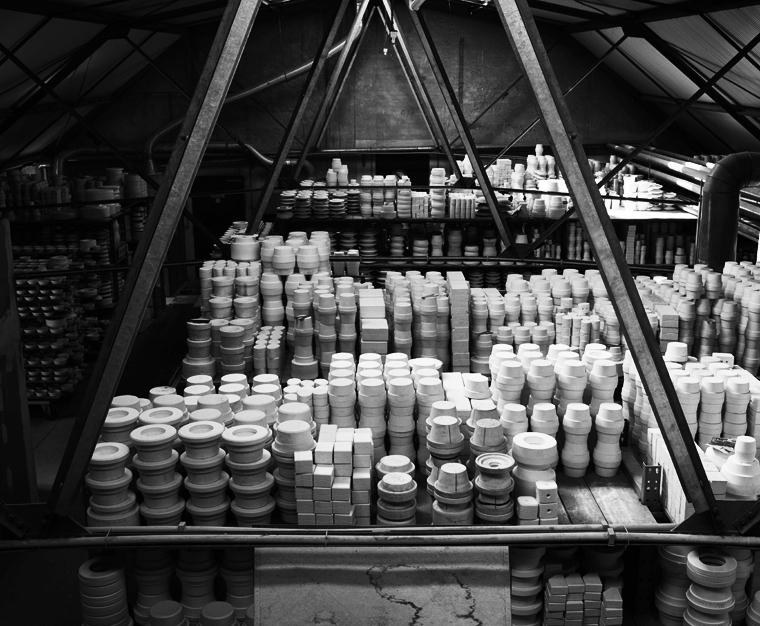
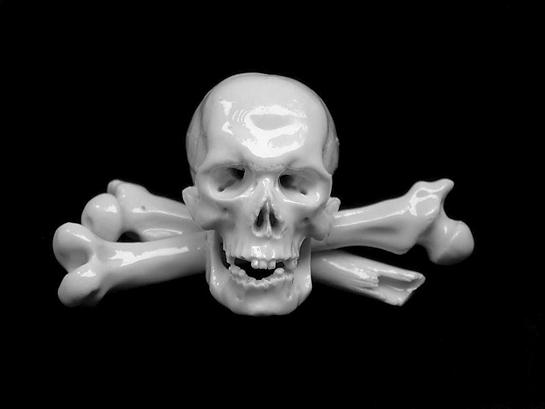
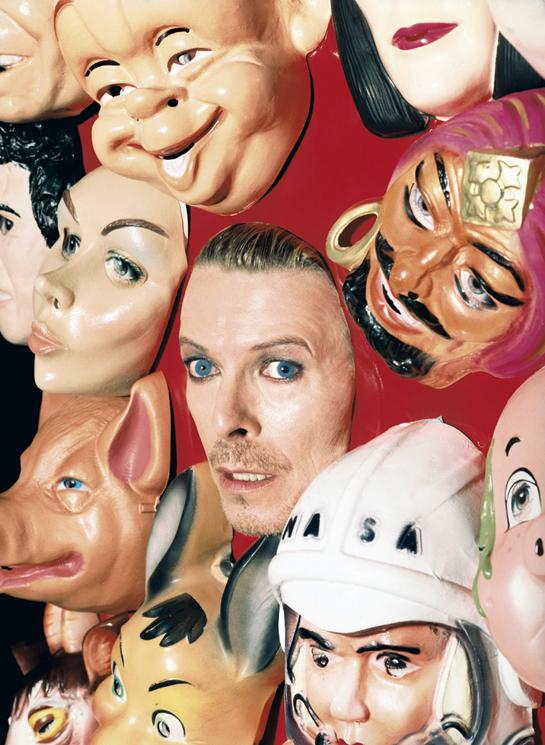
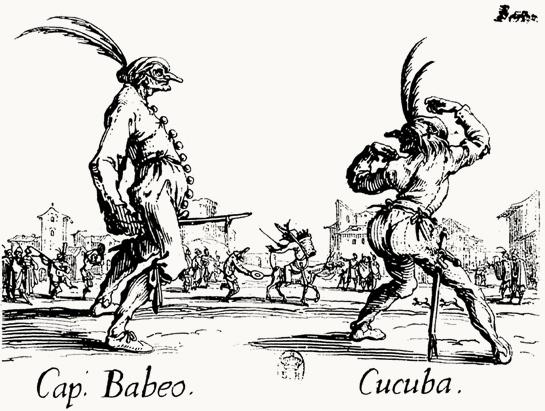
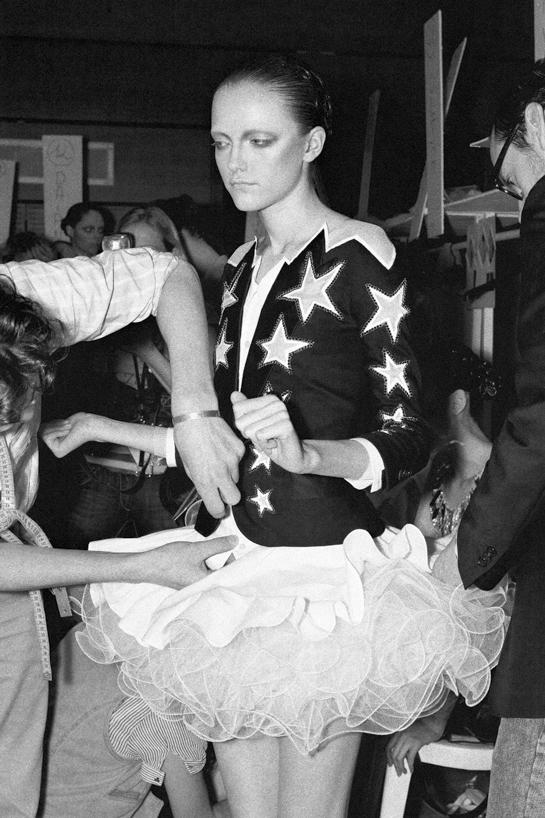
Text Extracts
An interview with Alfred Ziffer, a world authority on Nymphenburg porcelain, provides a vivid portrait of Bustelli and his age. An essay by Rolf Hughes on the Commedia dell’Arte traces its history and explores its wide influence on theatre, literature, art, music, film, advertising and even pop culture, and an essay by Ronald Jones about a very special Dottore sums up the importance of time. Georg Diez discusses the role of gestures and masks in art and life, and Tan Lin reveals the intriguing and largely unsuspected parallels between porcelain manufacture and information technology. A close look inside the manufactory and the process of porcelain making is recored by Thomas Bärnthaler.
© David LaChapelle
© Frank Stolle
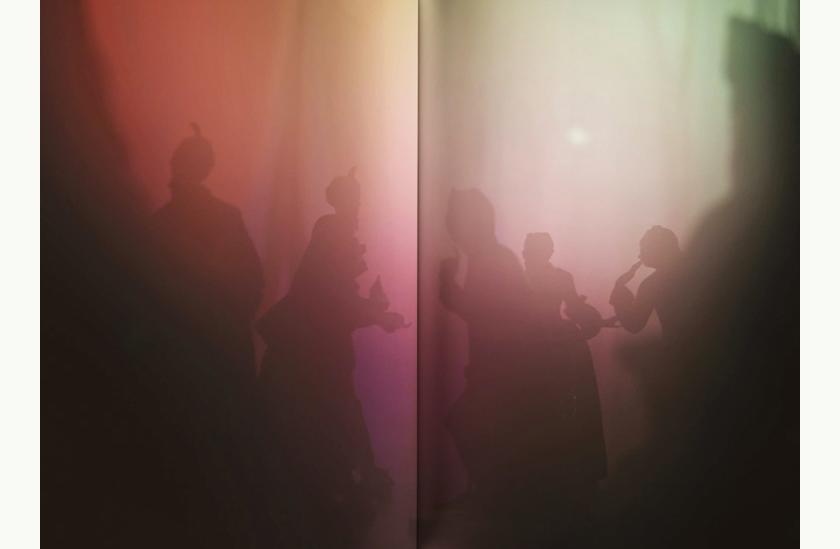
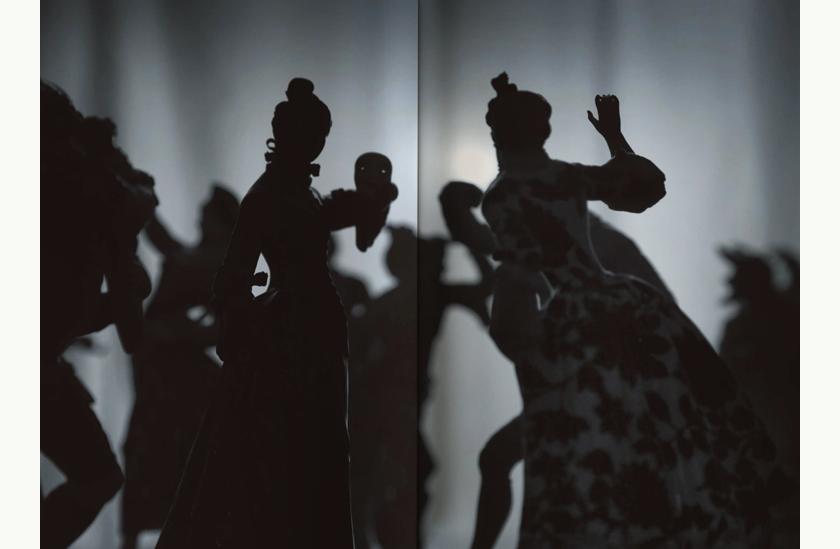
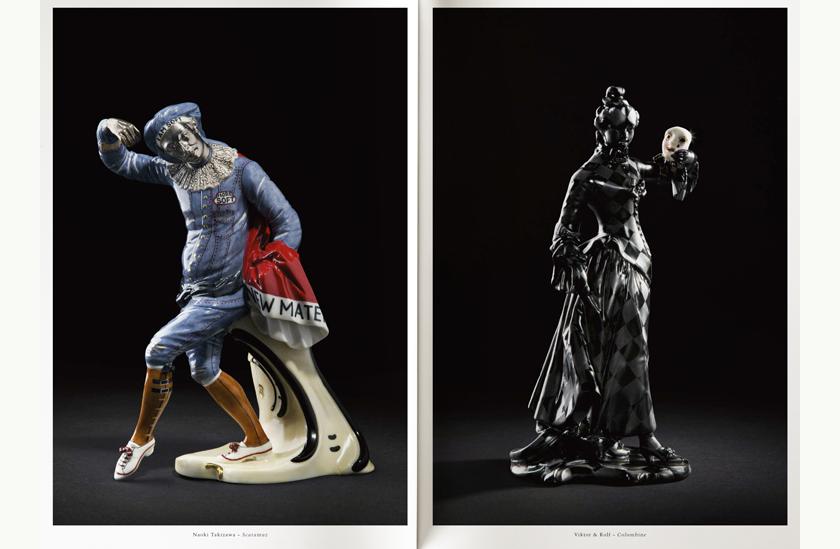
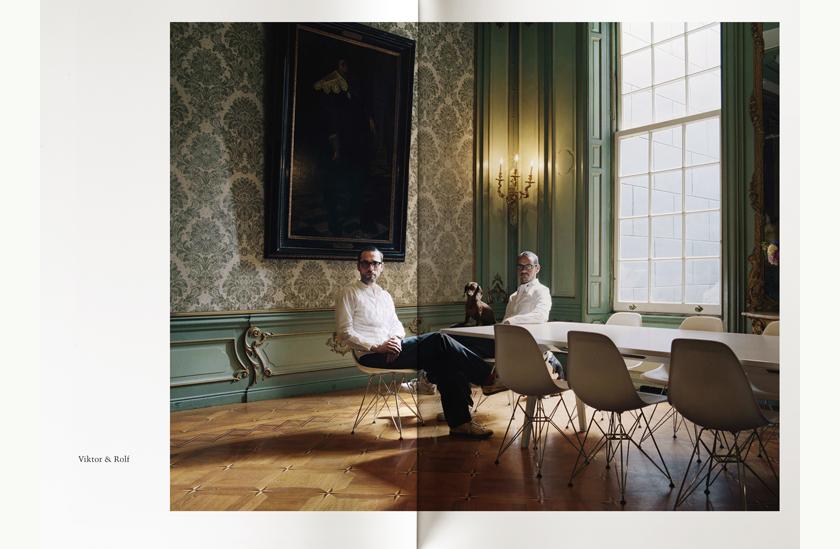
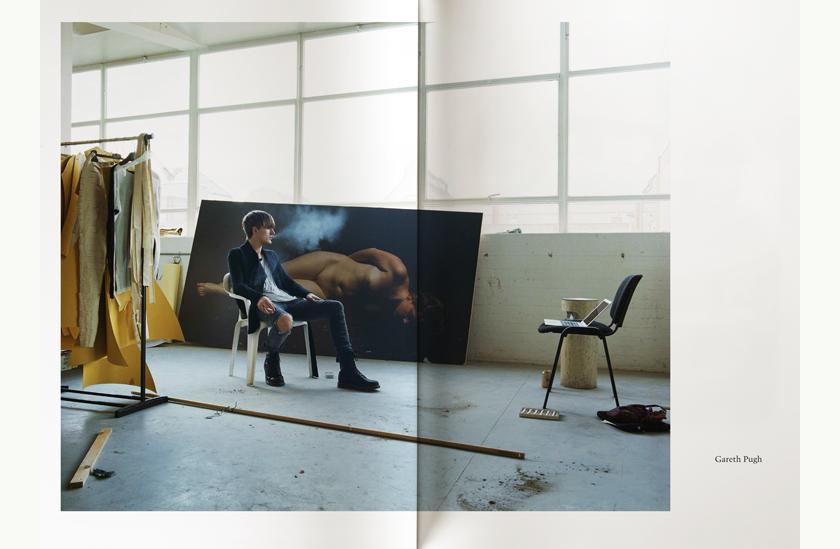
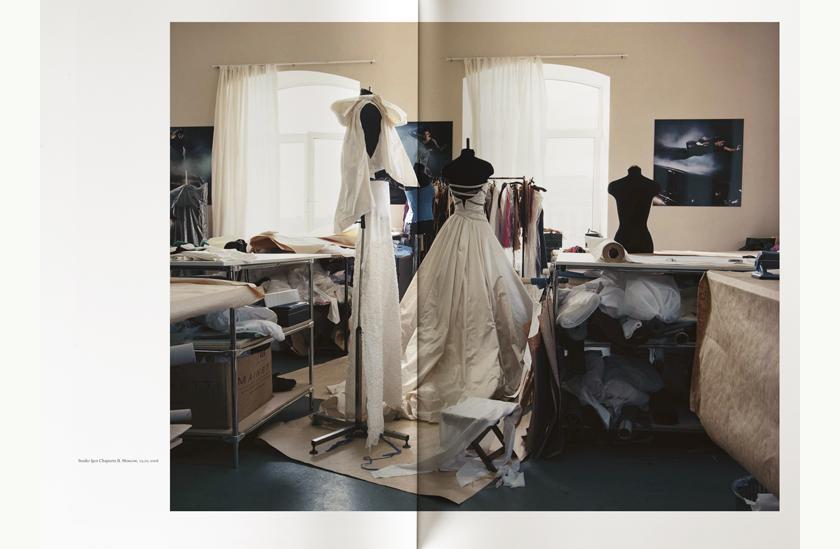
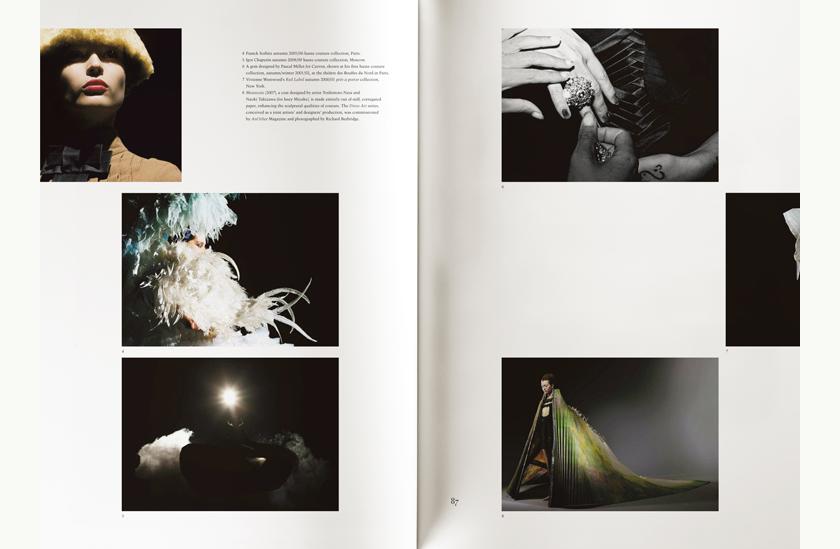
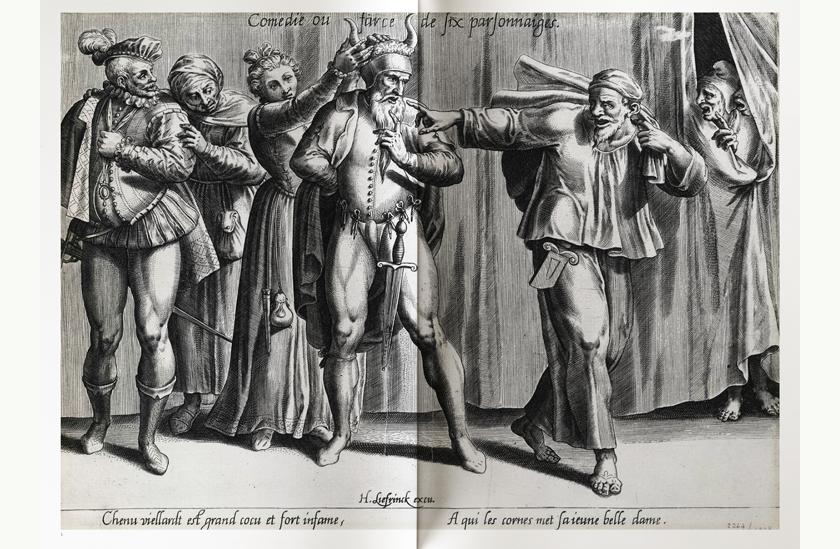
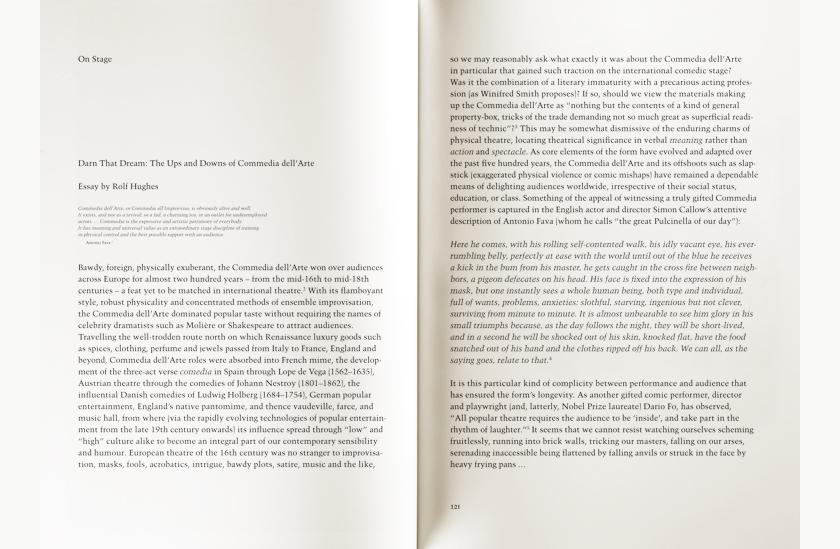
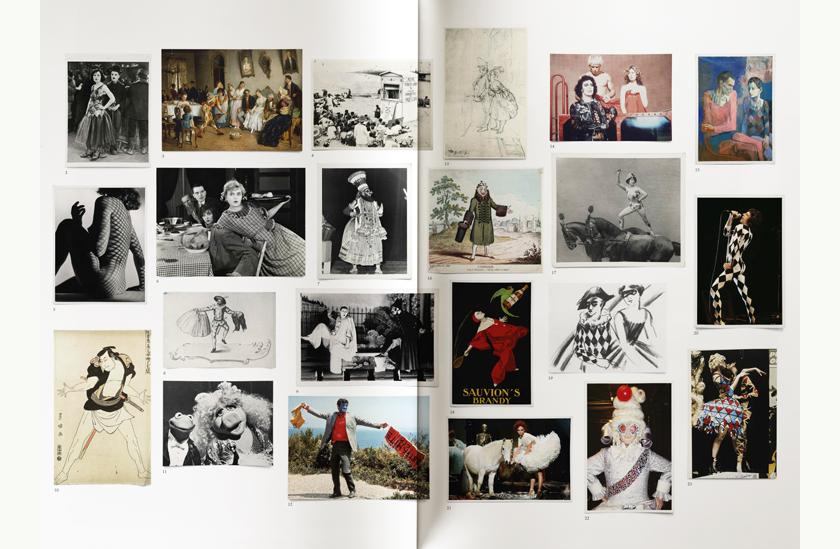
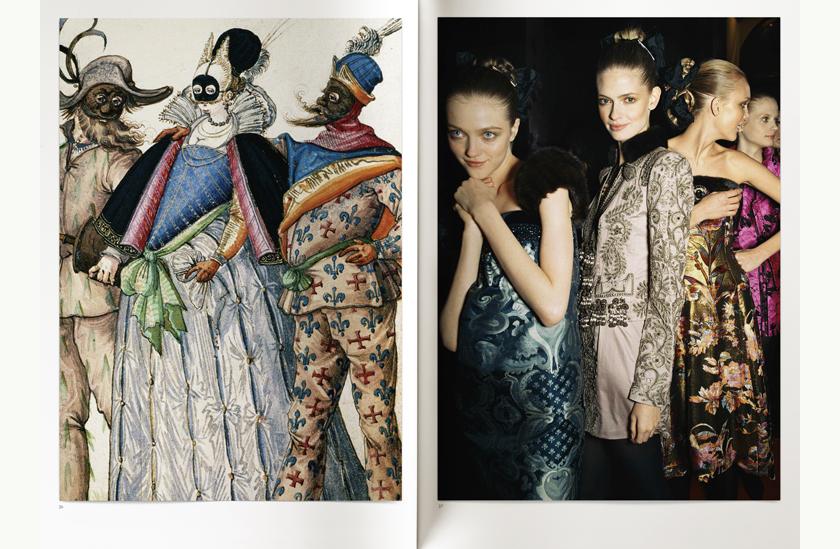
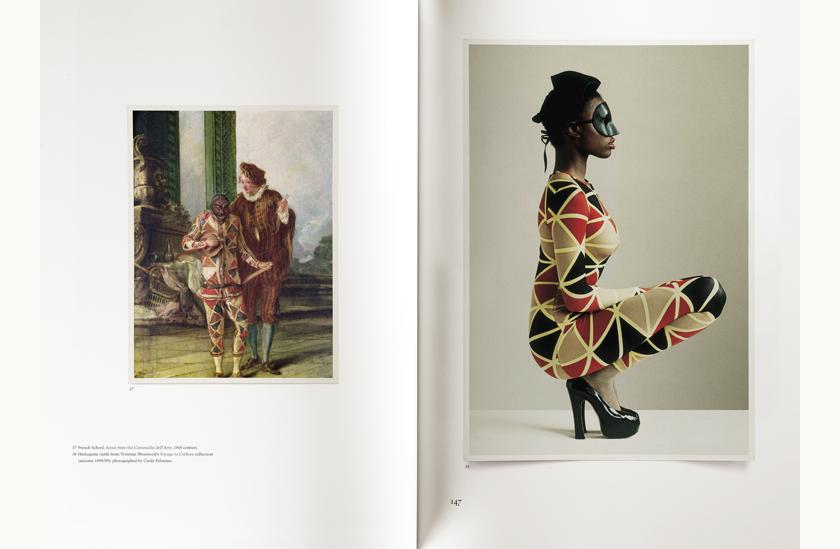
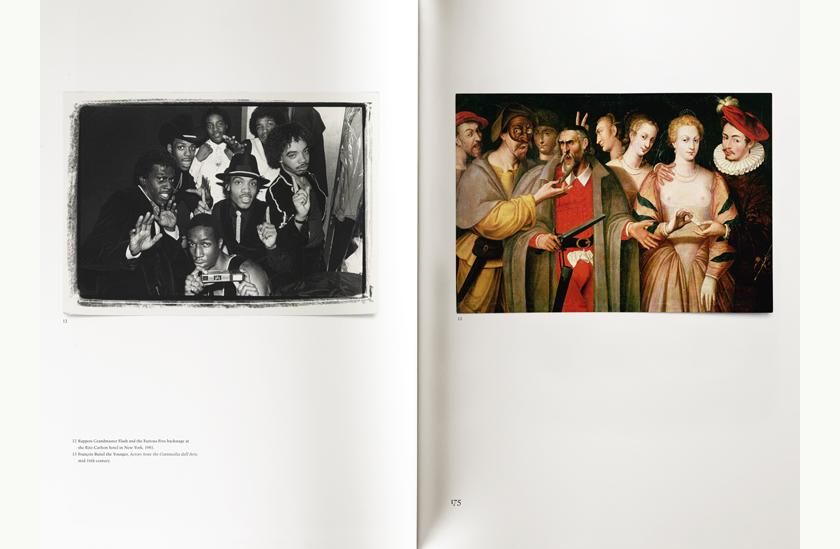
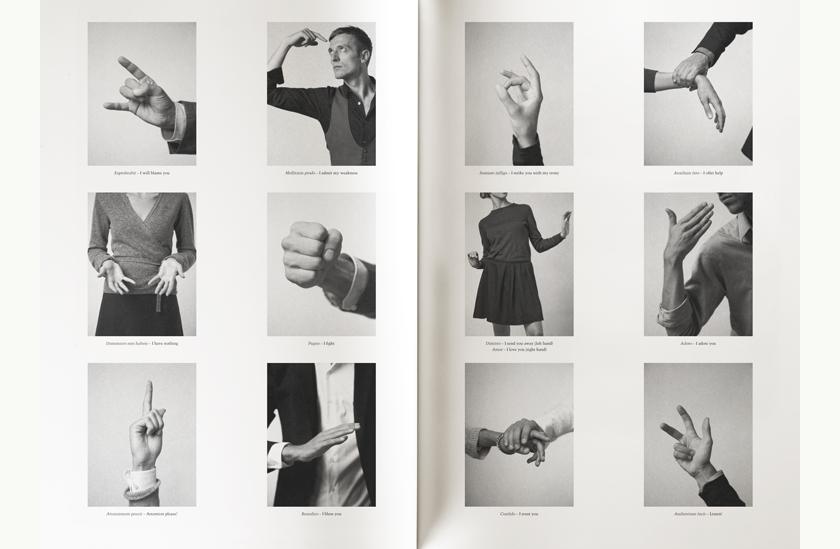
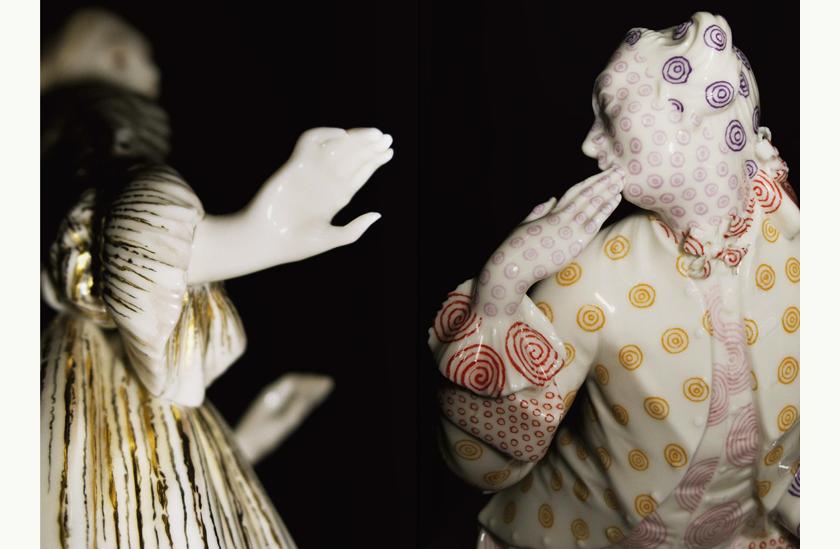
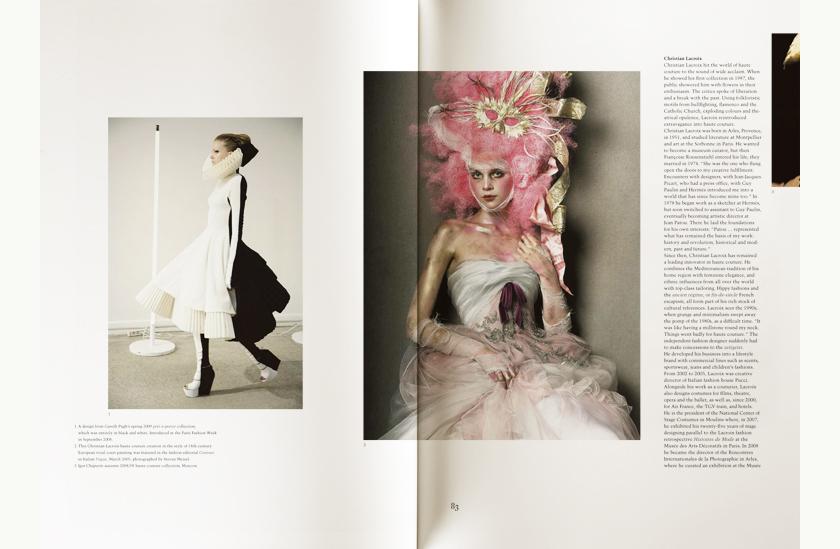
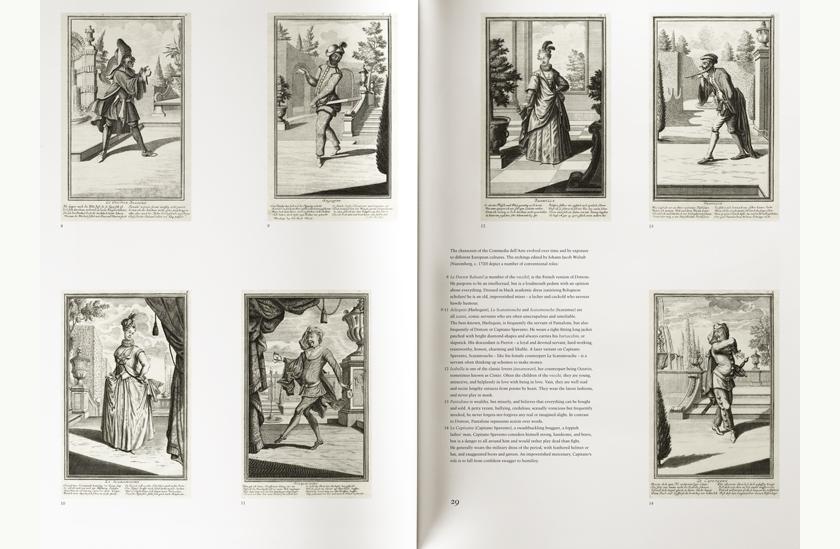
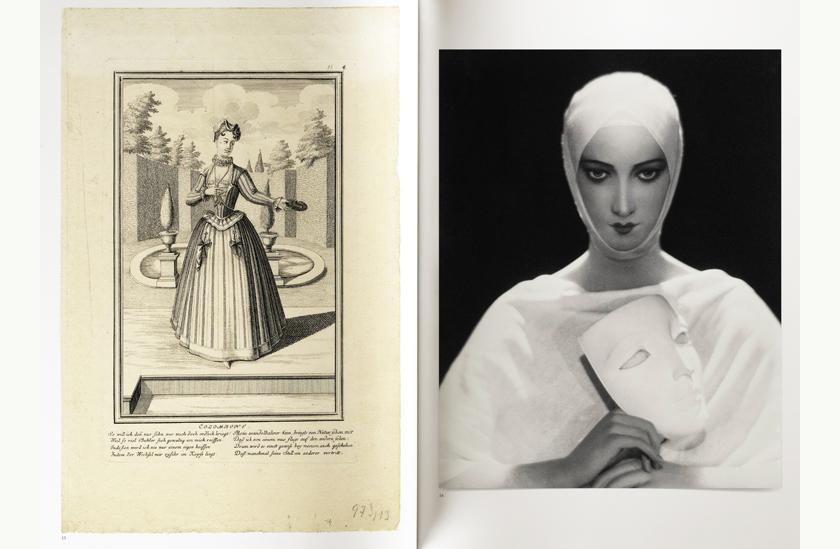
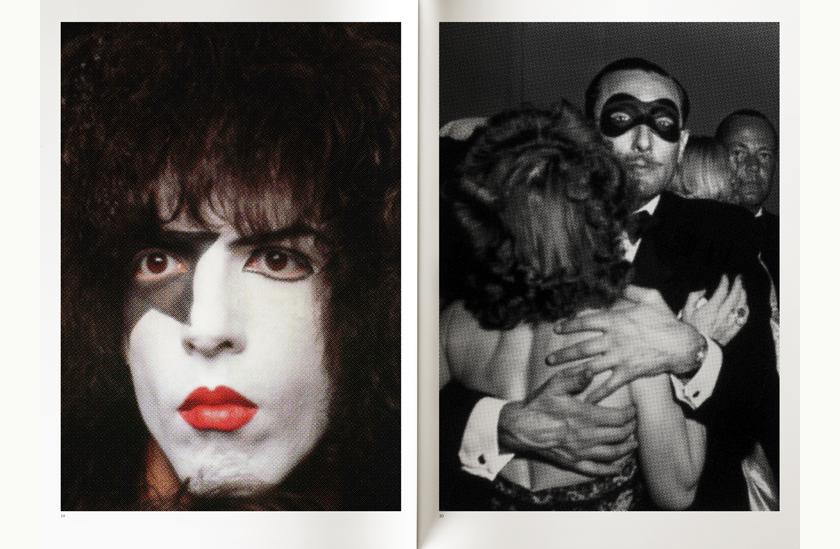
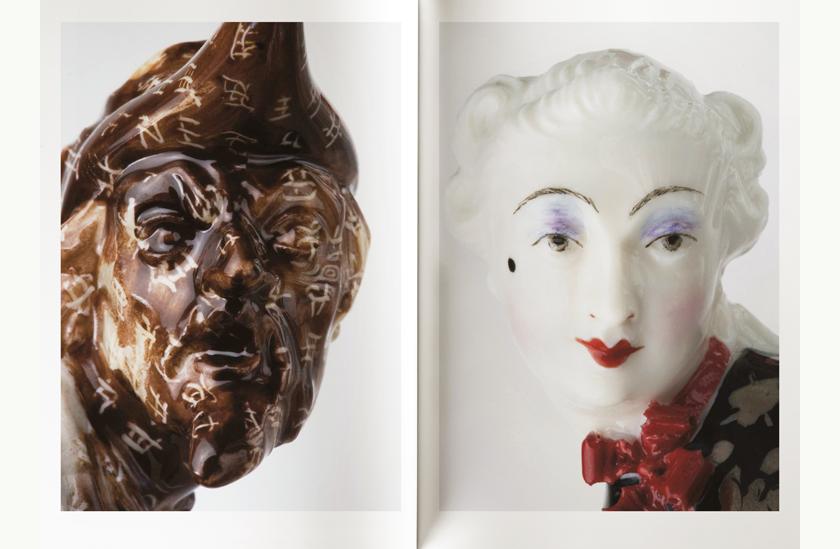
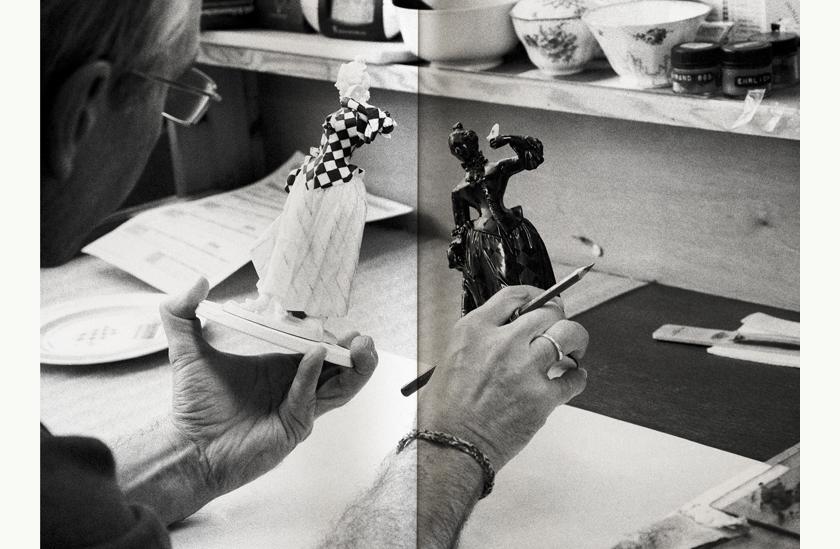
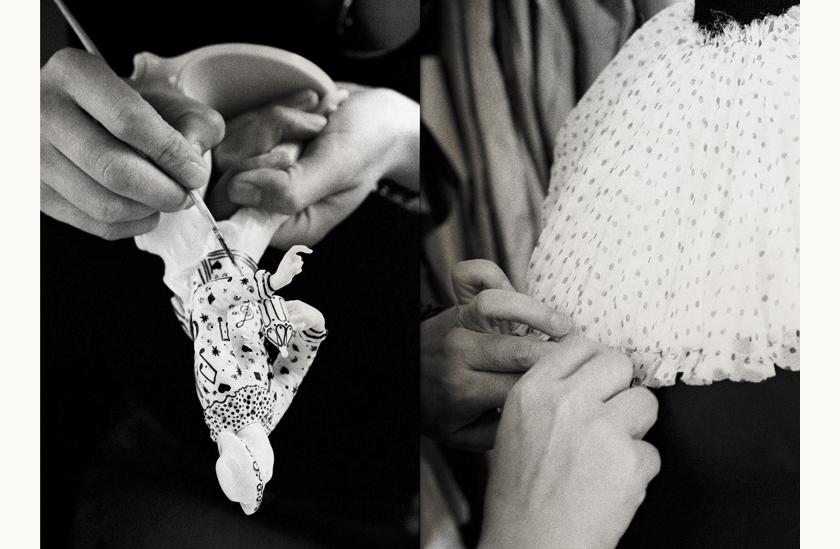
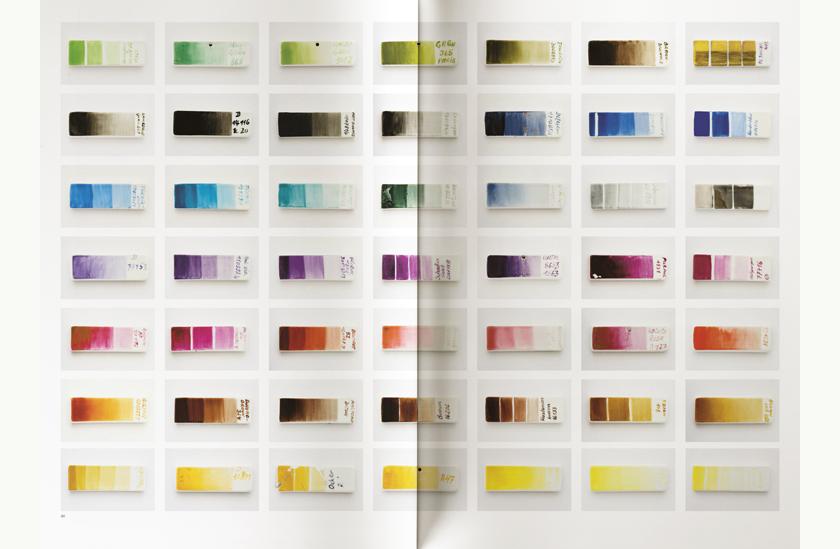
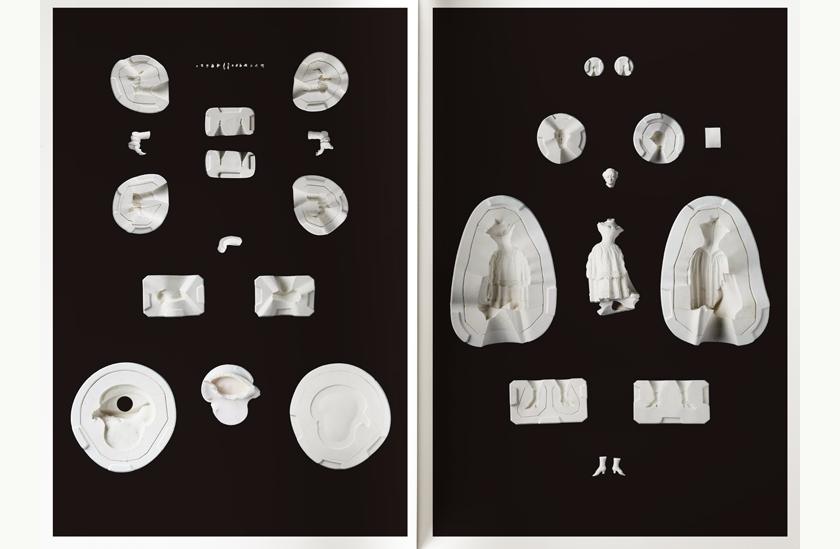
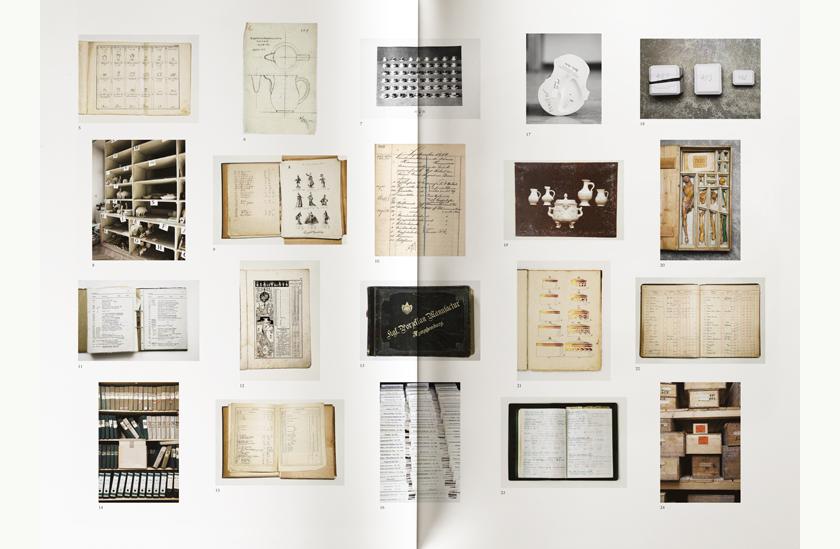
Commedia dell'Arte – Couture Edition: The Book
The Book

